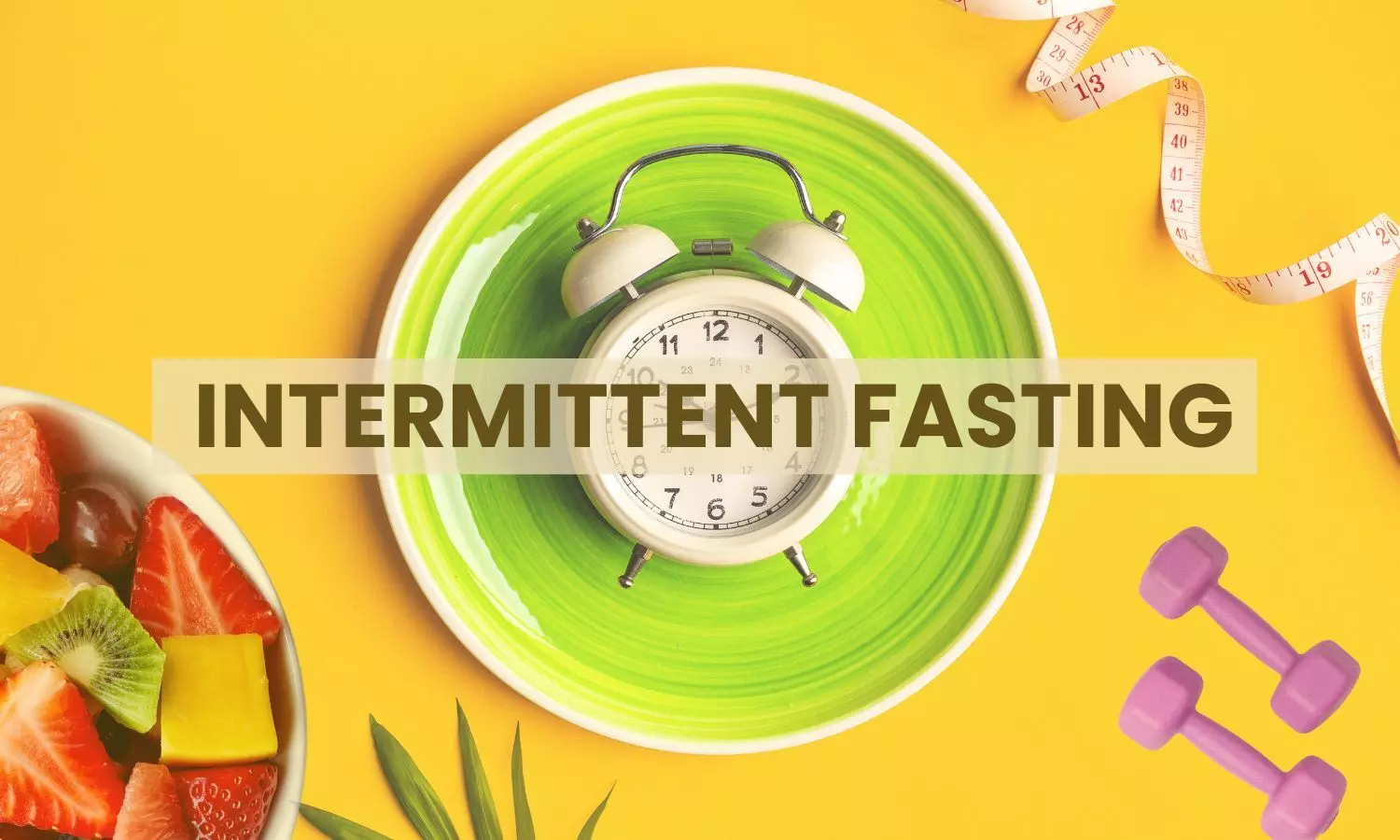Beginner's manual to intermittent fasting: Start here

Beginner's manual to intermittent fasting: Start here
Intermittent fasting has emerged as a popular weight loss method. If you are new to intermittent fasting and looking for guidance, you have landed in the right place.
While a majority of diet plans centre around food choices, intermittent fasting stands different from the herd. With a major emphasis on when to eat, intermittent fasting aids in weight loss enhances overall health, and streamlines lifestyles. In essence, it is about switching between eating and fasting intervals.
The concept of fasting is not new, it dates back to ancient times, when it was practiced in different religions. However, its significance has recently come to light owing to its incredible health benefits, which led to the emergence of what we call today as intermittent fasting. Not only this latest health fad easy to adopt but also offers a sustainable approach to weight loss and enhancing overall health.
But what makes intermittent fasting a success? This approach shifts the body's focus away from tasks like digestion towards processes like recovery and maintenance. During fasting, the body enters a state resembling starvation because there is no food to digest. As a result, it prioritises recovery and maintenance and undergoes metabolic changes. Additionally, with the absence of carbohydrates, the body enters ketosis, where stored fat is used for energy, aiding in weight loss.
Intermittent fasting styles
Hour-oriented fasting: This fasting approach involves consuming food within a set number of hours each day and fasting for the remaining hours. The fasting duration varies based on individual preferences and needs.
16/8 approach: This method consists of an 8-hour eating window followed by a 16-hour fasting period. Some individuals achieve this by skipping breakfast, while others skip dinner or eat their meals earlier in the day.
5:2 diet: With this approach, individuals consume around 500–600 calories on two non-consecutive days each week and eat normally on the remaining five days.
Eat-Stop-Eat: This fasting method requires abstaining from calorie intake for 24 hours once or twice a week. During the fasting period, only water, coffee, and other zero-calorie beverages are allowed.
How to start fasting for the first time?
For newcomers, it is recommended to start gradually by selecting a certain number of hours each day for fasting. Initially, aim for around 12 hours of fasting per day, with much of this occurring during sleep. As you become more accustomed to 12-hour fasts, you can gradually extend the fasting duration.
Once comfortable with 12-hour fasting, you can transition into a 16:8 schedule, where you fast for 16 hours and have an eight-hour window for eating. If desired, you can further narrow down your eating window over time.
Can I start intermittent fasting immediately?
If you are a beginner thinking of considering intermittent fasting, the ideal way to do so is by starting off with basic and gradually increasing the level. You can start by designating a convenient set of hours for eating and the rest for fasting. And then gradually transition to difficult levels of intermittent fasting depending upon your unique body needs.
However, to maximize the benefits of intermittent fasting, it is recommended to fast for at least 12 hours. This duration allows your body to shift from using glucose to using fat for energy. Keep in mind that it may take some time for your body to adapt to this new eating schedule, so be patient and do not expect immediate results.
What are the best hours for intermittent fasting?
Intermittent fasting is widely welcomed as a new approach for weight loss, disease prevention, and potentially reversing aging. While popular fasting periods like 16/8 or 14/10 are often recommended, one can follow a trial-and-error approach and see what works and what does not.
What foods to eat in intermittent fasting?
Concentrate on consuming nutrient-dense meals and beverages during your eating periods to maximize the health benefits of your diet. Every meal should include a variety of nutritious foods, such as fruits, vegetables, whole grains, healthy fats and protein sources. Furthermore, consuming calorie-free liquids like water, unsweetened tea and coffee might help regulate appetite and keep fluid levels up even when fasting.
Intermittent fasting is more of a lifestyle change than a diet modification. To achieve positive results, consistency and patience are key—stick with the practice and be prepared to see the benefits unfold over time.















